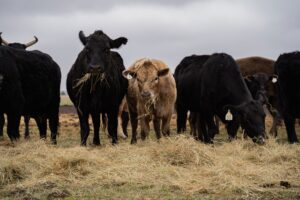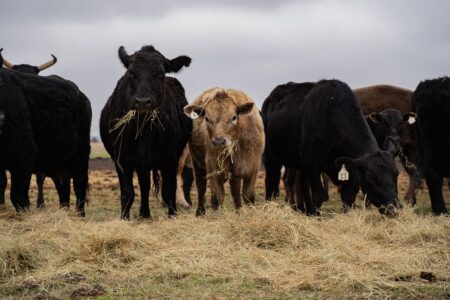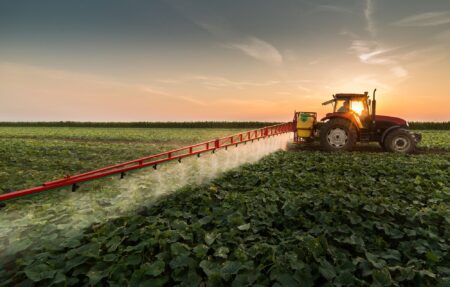Maximizing swine herd efficiency through animal health was a recurring topic at this year’s World Pork Expo. Here’s a roundup of new research and products unveiled at the show that may keep your herd healthy and improve your bottom line.
Consider Foot Health
Foot lesions are a relatively new topic of discussion in the hog industry, but research shows they’re a widespread issue. Since 2012, researchers with ZinPro Corporation have evaluated 30,000 sows from 300 farms. They report 90% had a foot lesion and 40% had severe lesions and inflammation, said Ton Kramer, a business manager for ZinPro.
“From a welfare standpoint, foot lesions are a problem because almost all of the herd has this issue,” Kramer said. “But these also impact reproductive performance and longevity.”
White line lesions and heel overgrowth and erosion lesions are the most common issue. Sows with foot lesions often produce less live piglets per litter and are culled from the herd earlier than those with healthy feet. Barn flooring, nutrition and water quality, and the sow’s confirmation all contribute to the risk of developing lesions.
Kramer recommends assessing your herd’s foot health every six months. This is most easily done when sows are farrowing.
“There’s nothing like nail polish you can use to strengthen the hoof,” Kramer said. “You have to produce good quality tissue that will determine the strength of the hoof. What you feed will impact that tissue.”
When choosing replacement gilts, consider the confirmation of the animal. Look for animals with good alignment and weight distribution. Avoid animals that cannot walk properly.
Upgrade Air Filters
An outbreak of porcine reproductive and respiratory syndrome (PRRS) can be economically devastating for swine producers. As strains of the virus adapt, new risk management strategies can increase a barn’s biosecurity.
American Air Filters (AAF) has introduced a new class of high efficiency air filters that can protect hogs from airborne pathogens. A University of Minnesota study found filtered barns saw a 50-60% reduction in PRRS outbreaks.
“Air filtration is one more layer within a biosecurity program,” said Cesar Corzo, a swine veterinarian and associate professor at the University of Minnesota. “In high [hog] density regions, these filters can dramatically reduce the probability of an outbreak. In today’s environment, avoiding one outbreak can save you millions of dollars.”
Implementing AAF’s new filters may require some barn retrofitting. For a 5,000 head farm, filters and the gridhouses that hold them will cost around $500,000. Once in place, filters last four to six years.
“There is some investment that comes along with it, but [air filtration] is becoming an almost must-have if you want to continue to produce swine,” said Carlos Lora, global director of the animal science division at AAF.
Keep Feed Clean
Feed ingredients can also carry disease pathogens and infect swine herds. Animal feed company Furst-McNess developed FeedARMOR to reduce the risk of viral disease transmission. The additive is formaldehyde-free and provides control for several important diseases including PRRS, porcine epidemic diarrhea virus, and Seneca Valley virus A.
“You only need two pounds of FeedARMOR per ton of feed, so it’s a very low inclusion rate,” said Frederick Sandberg, director of research and development at McNess. “It’s also very cost effective. It’s less than $5 per ton to treat feed, so it’s cheaper than the other solutions out there.”
For best results, Sandberg recommends FeedARMOR first be mixed with 15 to 25% of the ration before adding other inclusions and ingredients. FeedARMOR is available nationwide through the Furst-McNess distribution system.



:max_bytes(150000):strip_icc()/Markets-1-Soybeans-dramatic-up-4-ff738739454b46c3a4b6c62763a264f1.jpeg)



:max_bytes(150000):strip_icc()/Bloomberg20Creative-1257164002-2-2000-7f9144c2cb974a33a939e10664d1bff7.jpg)


:max_bytes(150000):strip_icc()/100373157_corn-99c92493a64f48a6b3e7edb71b5ba46c.jpg)

:max_bytes(150000):strip_icc()/Diseaseplaybookksouthernrust-b5873b78fd1949cab74ab000f2db061b.jpg)